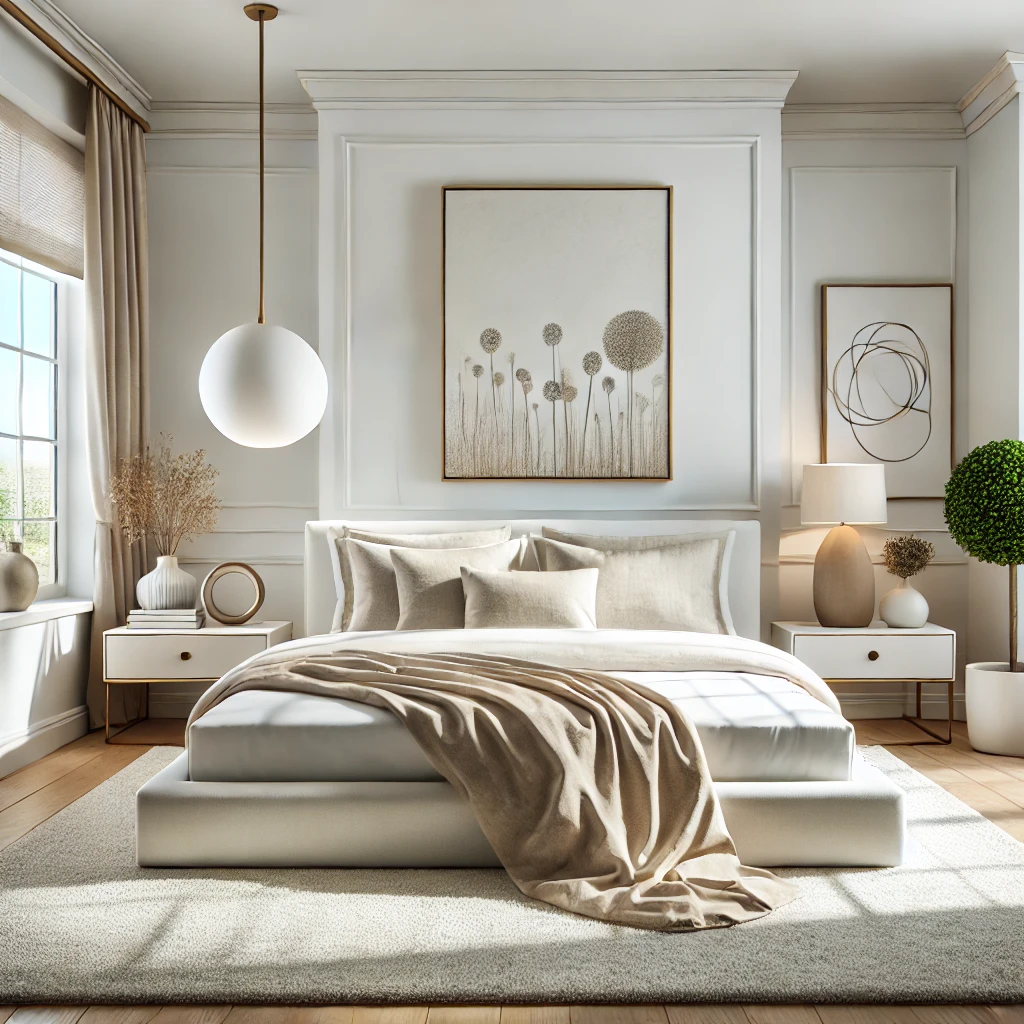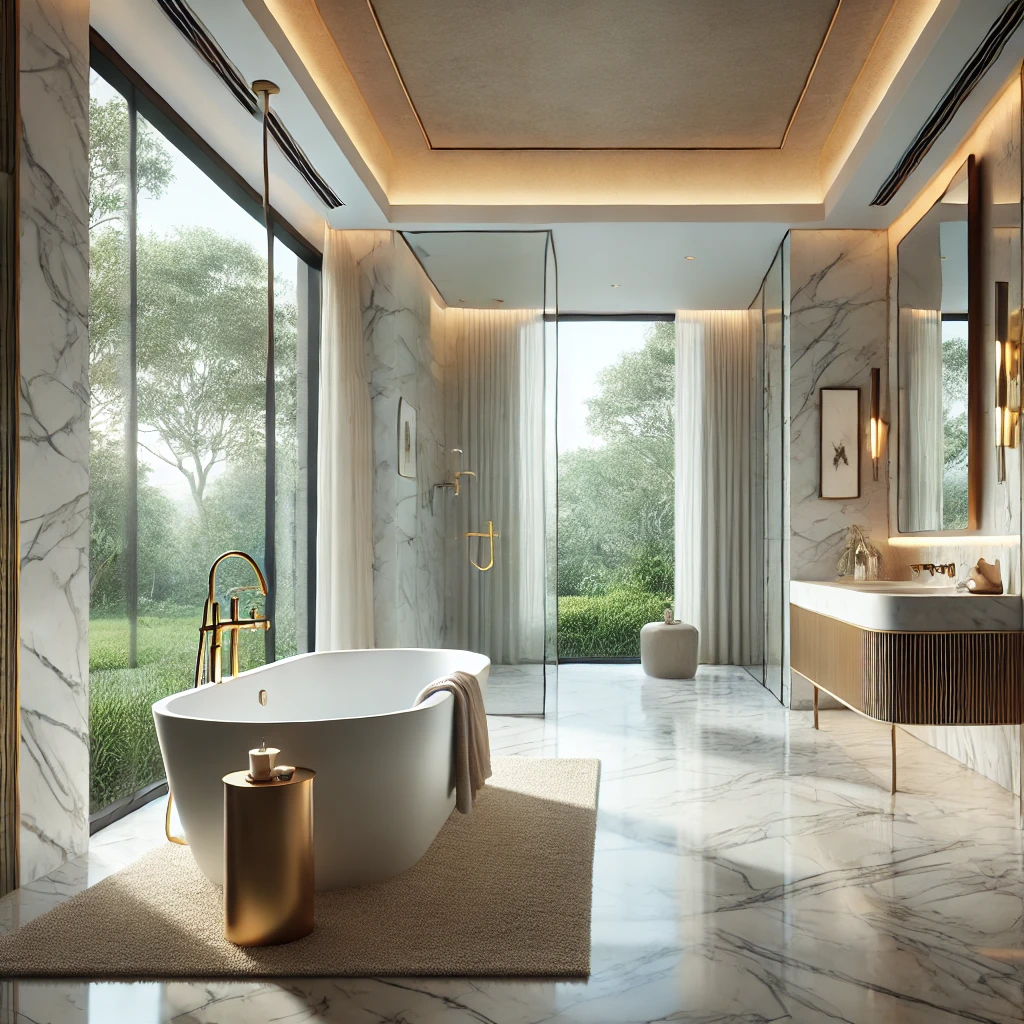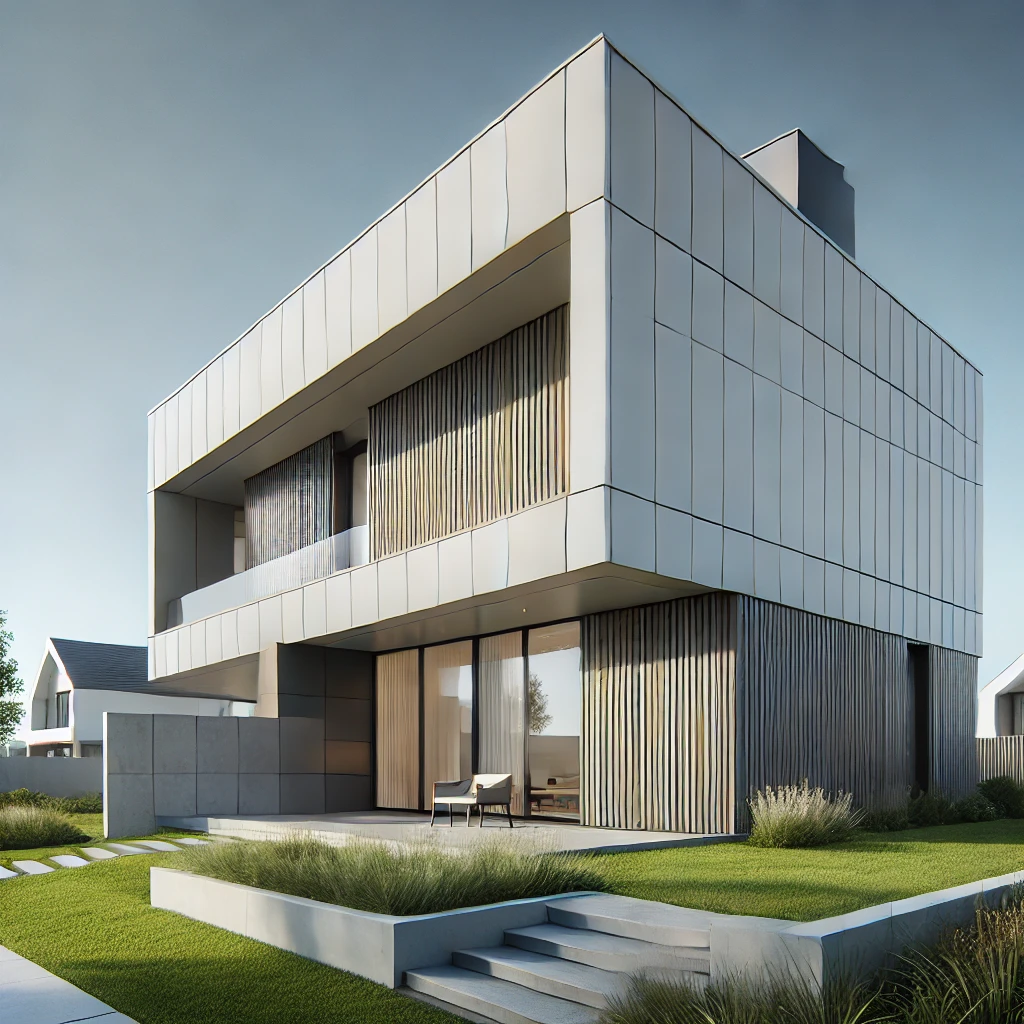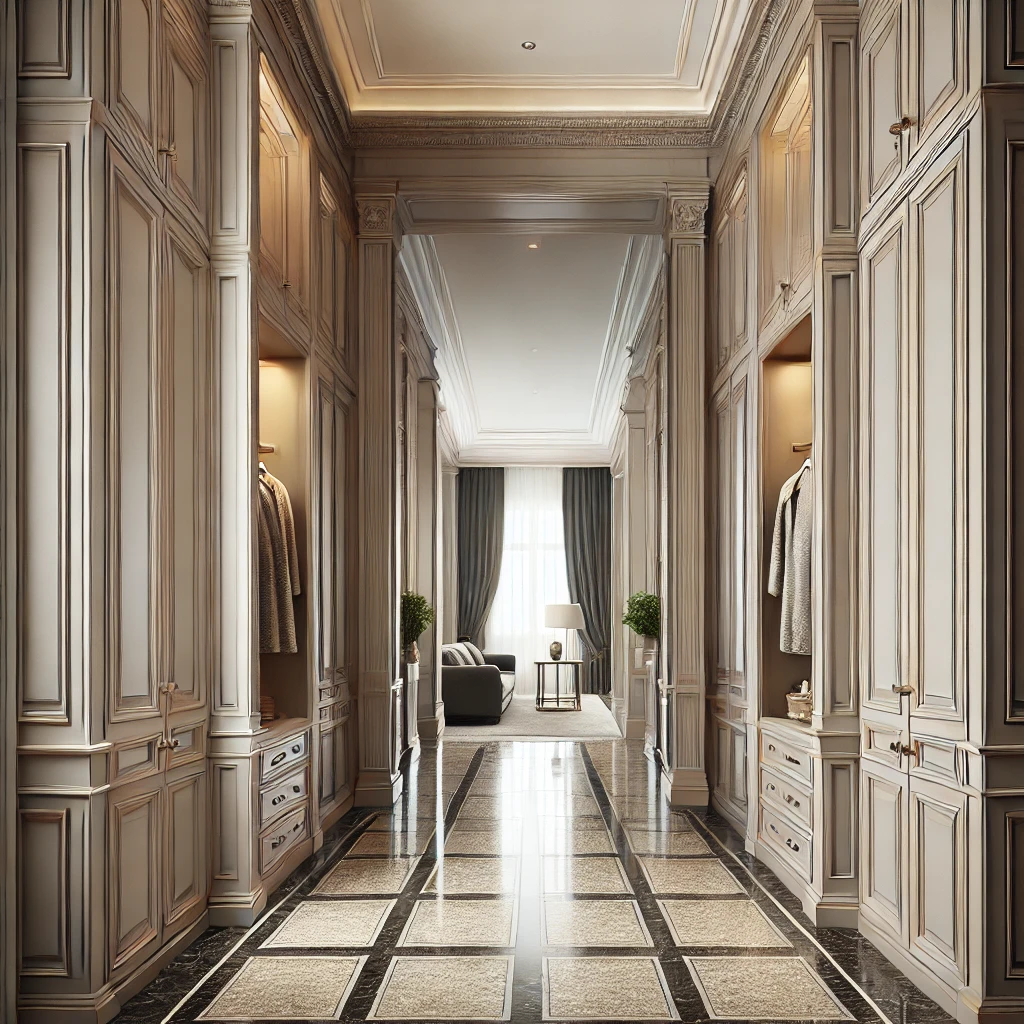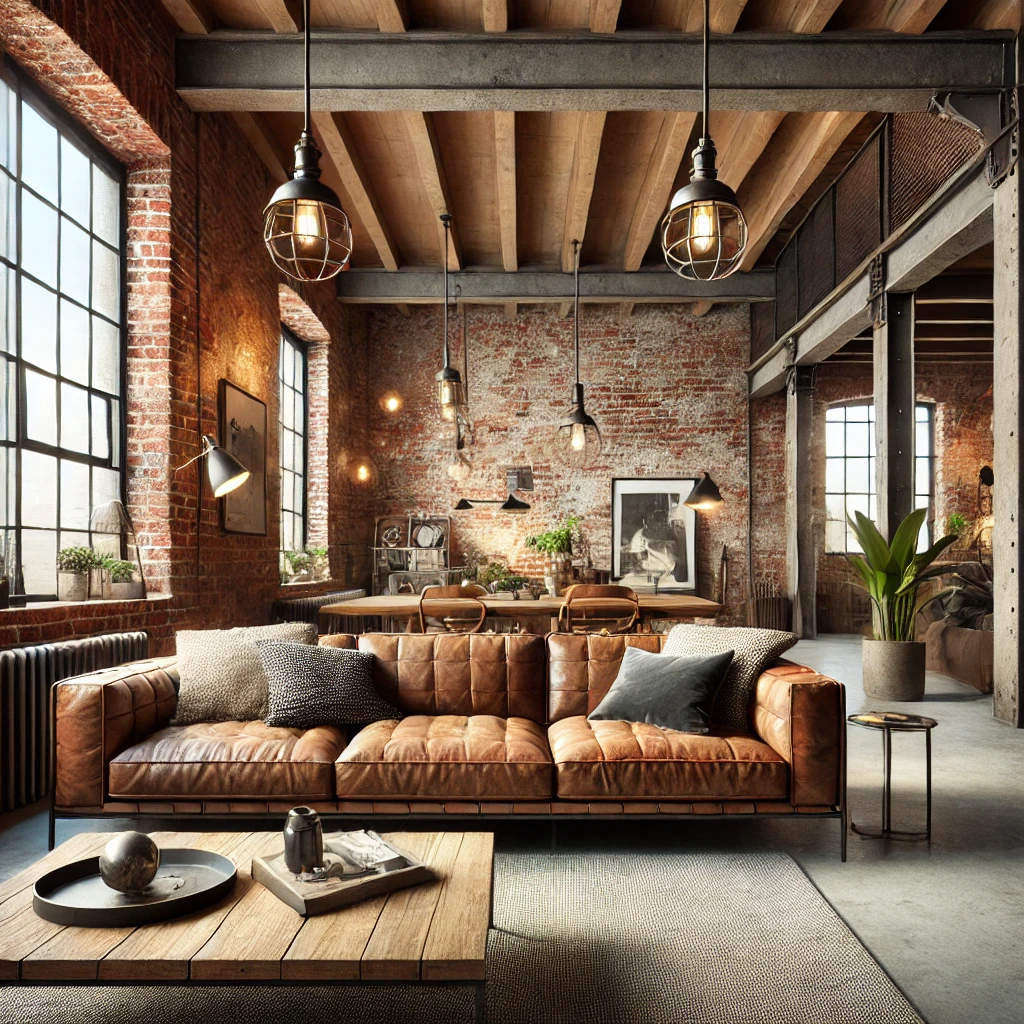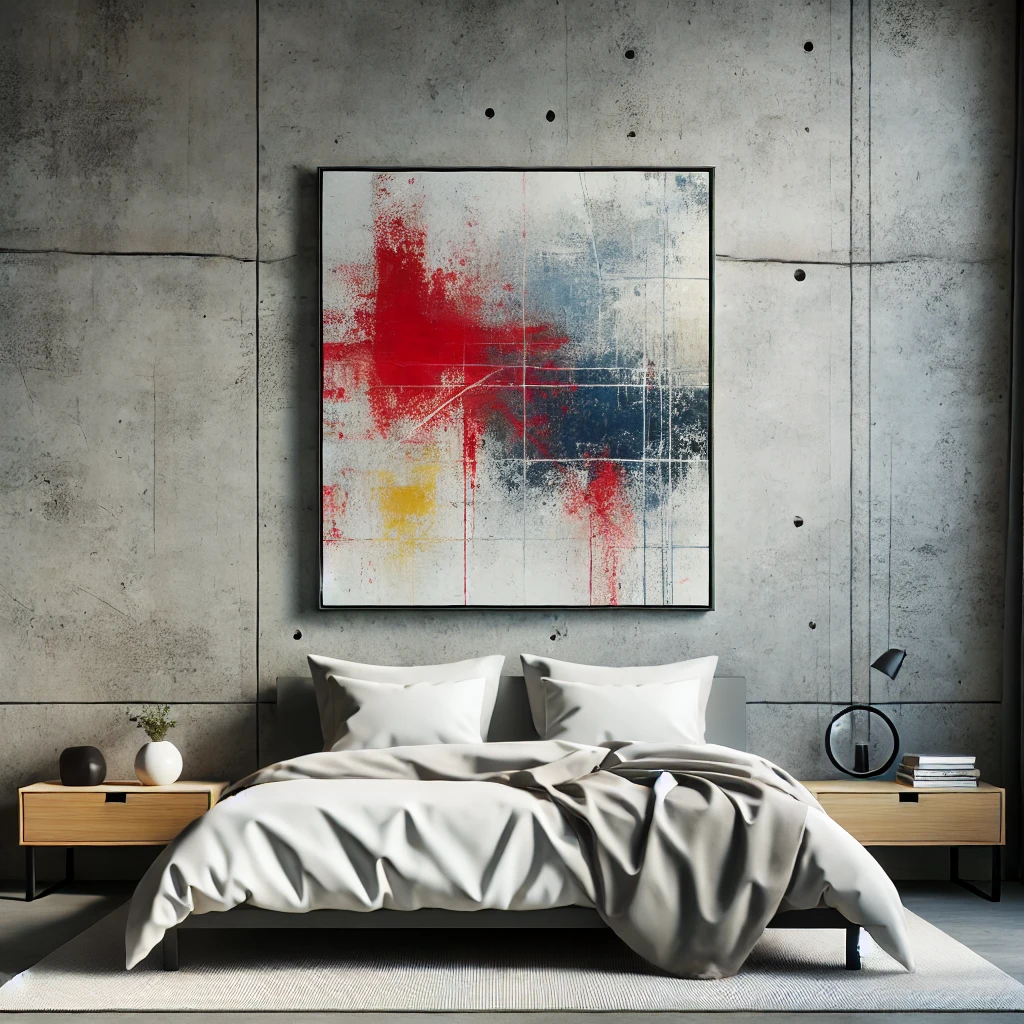How to Paint Your Walls White: Expert Tips and Tricks
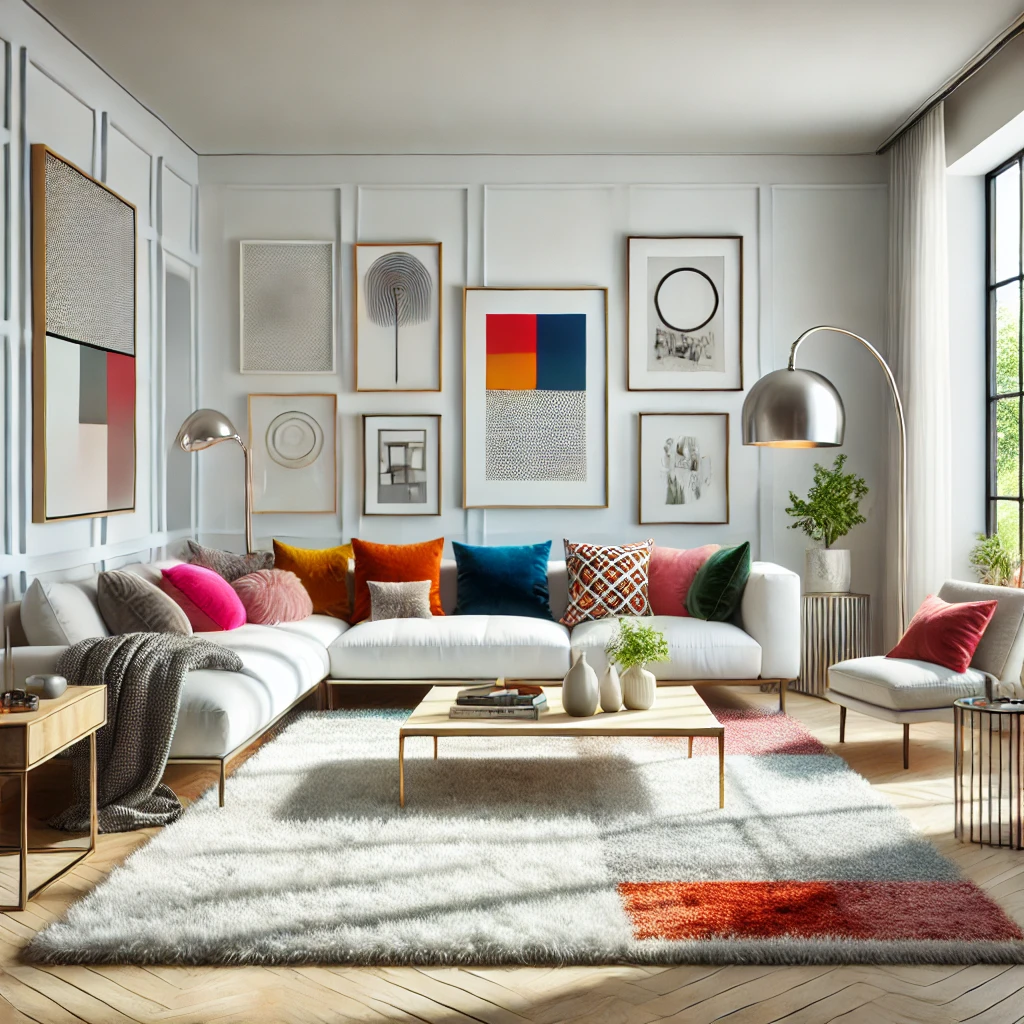
White walls are often hailed as a remedy for all interior design challenges. Need to visually expand a space or make a room brighter? Paint the walls white! Looking for a versatile backdrop for experimenting with furniture and decor? Don’t want to overwhelm the space with too many colors? You know what to do—paint it white!
However, painting walls white is not as simple as it seems. Several challenges can arise. In this guide, we’ll walk you through the common obstacles and how to overcome them.
1. Choosing the Right Shade of White
The first challenge you might face is at the store when selecting your paint. White isn’t just a single color; it’s a whole family of shades varying in warmth and intensity. Printer paper white, ivory, milk, pearl, parchment, or pearl gray—each of these shades suits different interior styles. For instance, shades that work in a warm pastel interior may not fit the desired minimalist look.
You’ll also need to consider the orientation of your windows. If your room faces north, avoid stark, blinding whites, as they can make the space feel cold, especially in winter. On the other hand, if your room gets plenty of sunlight, shades with a slight gray tint can help soften the light’s aggressive influence.

2. Matte or Glossy: Which Finish is Best?
For interior walls, emulsion paints, which can be diluted with water, are commonly used. They’re easy to apply and distribute across the wall, and they’re also easy to clean. Prices vary depending on the quality of resins and pigments used in the paint. Additionally, some paints require only one coat, while others need two or three.
Another consideration is whether to choose a matte or glossy finish. Matte paint is excellent at hiding imperfections and absorbs light, but it tends to get dirty more quickly. Glossy paint is more durable but has a cold sheen that might not appeal to everyone.
3. Should You Paint at All?
If you’re unsure about painting, consider decorative plaster instead. Its strengths lie in its subtle texture or the combination of matte and glossy finishes, which add richness to the interior. However, it’s more challenging to maintain. If the wall gets damaged, restoring it can be costly and complicated. Moreover, decorative plaster limits your options for future renovations—you can’t paint over it or apply wallpaper without stripping it down to the base layer.
4. Preparing the Wall
If your wall is in poor condition, here’s what you need to do: remove the old paint or wallpaper, fill in any cracks and scratches with putty, smooth it out with fine sandpaper, vacuum the surface to remove dust particles, and apply a primer. Start painting from the windows and move towards the doors, applying the paint with a roller in several directions: vertically, horizontally, and diagonally.
Sometimes, people choose facade paint for brick walls, which is a mistake that can be costly. Facade paint often contains harmful compounds, which are fine for outdoor use but not suitable for indoor environments. For brick walls, apply a primer that creates a water-repellent effect, let it dry thoroughly, and then apply paint with a brush, following the pattern of the brickwork.
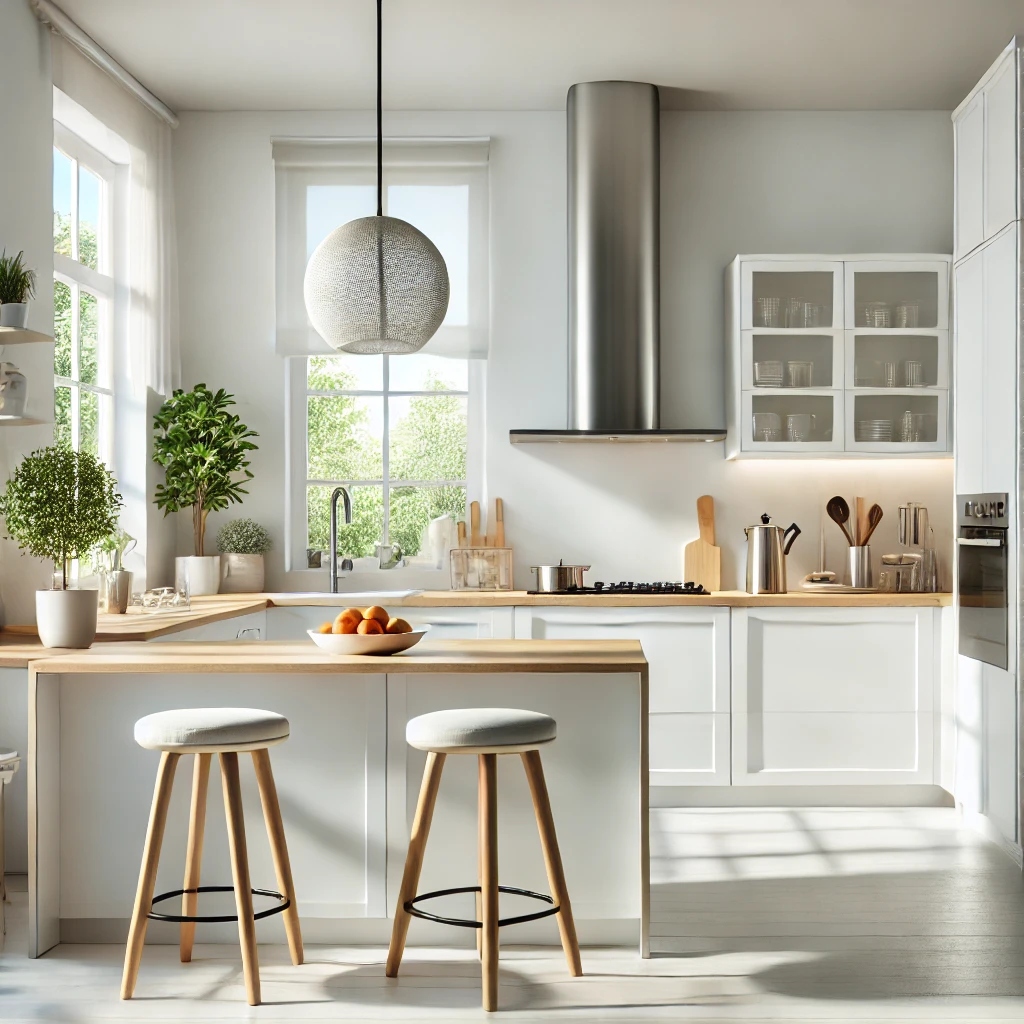
Decorative Considerations
Critics of white walls often argue that they look poor, pale, or clinical. In reality, it all depends on the shade and texture combination. White is one of the best canvases for decorative experiments—there’s a reason why all museum walls are white.
To soften the starkness of white, introduce vibrant textiles and wooden elements. If your design preferences lean towards a cold, minimalist aesthetic, pair white walls with items made of white metal, glass surfaces, and minimalist textiles.
Need Help Choosing the Perfect Paint?
At ZUBRA COLORS, we offer a wide range of decorative paints and plaster solutions. Whether you’re looking to create a cozy atmosphere or a sleek, modern space, we have the right products for you. Contact us on WhatsApp for a free consultation, and let us help you bring your vision to life. We ship paint worldwide!
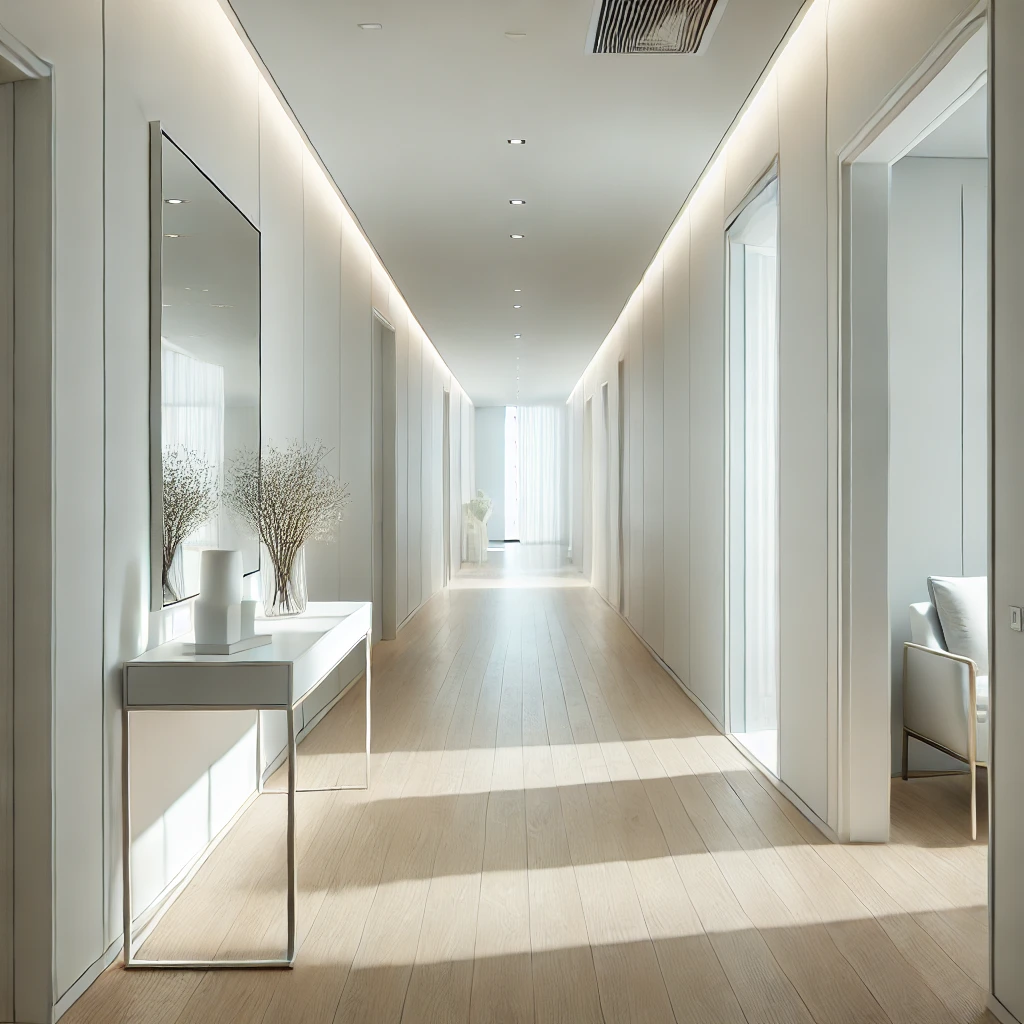
5. Addressing Common Concerns
Some parents hesitate to paint children’s rooms white, fearing that the pristine walls will quickly become canvases for little artists. While this is certainly possible, repainting is generally easier than removing and replacing wallpaper. Moreover, modern washable paints make it simple to clean up any messes without needing to repaint.
If you’re worried about the walls looking too plain, there are countless ways to personalize white walls without overwhelming the space. You could add a playful border at the top of the wall, use decals that can be easily removed, or incorporate colorful furniture and accessories that stand out against the white backdrop.
6. Enhancing White Walls with Decor
White walls are incredibly versatile, serving as the perfect backdrop for various design elements. To avoid a sterile look, consider adding texture and contrast through decor. For example:
- Textiles: Introduce warmth and coziness with vibrant throw pillows, rugs, and curtains. Bold colors like deep blues, rich greens, or even bright yellows can create a striking contrast against the white walls.
- Wood Elements: Wooden furniture or accents can add a natural, organic feel to the room, softening the starkness of white and creating a more welcoming atmosphere.
- Art and Photographs: White walls make the perfect gallery space. Use them to display artwork, photographs, or even a collection of mirrors. The white background ensures that each piece stands out, making your collection the room’s focal point.
- Metallic Accents: If you prefer a modern, minimalist look, consider incorporating metallic elements like chrome or brushed steel. These can add a sleek, sophisticated touch to the space without overwhelming the simplicity of the white walls.
Another benefit of white walls is their ability to make a room feel larger and more open. This is especially useful in smaller spaces where you want to create the illusion of more space. Pairing white walls with light-colored flooring and minimalistic furniture will enhance this effect, making the room feel airy and spacious.
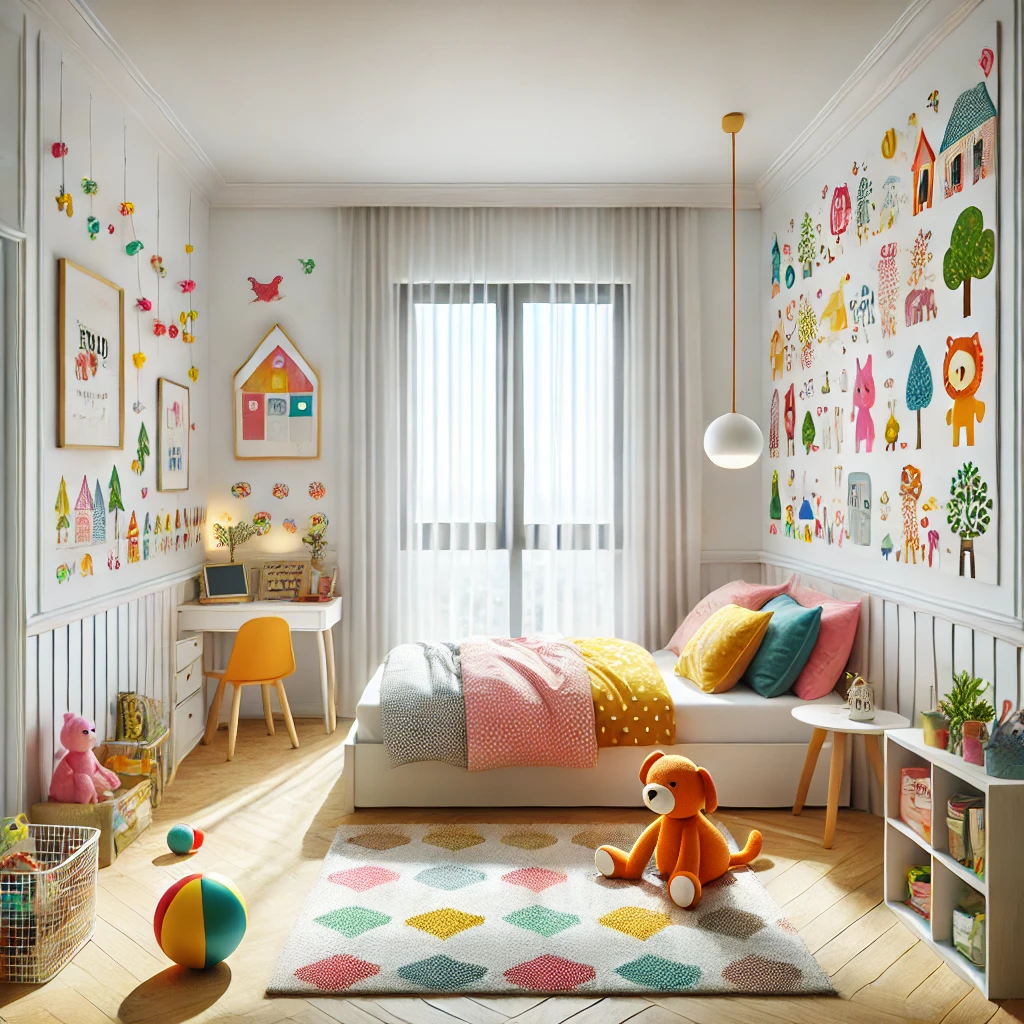
7. Maintenance Tips for White Walls
Maintaining white walls can be a concern for many homeowners. However, with the right approach, it’s easier than you might think:
- Use high-quality washable paint: Opt for paints specifically designed to be washable. These paints are more resistant to stains and can be easily cleaned with a damp cloth.
- Regular cleaning: Dust and dirt can accumulate on white walls, making them look dull over time. Regularly wipe down your walls with a soft cloth or sponge to keep them looking fresh.
- Spot touch-ups: Keep a small amount of leftover paint for touch-ups. This is especially useful if you notice small scuffs or marks that can’t be removed through cleaning.
Transform Your Space with ZUBRA COLORS
White walls offer endless possibilities for transforming your living space, whether you’re aiming for a minimalist aesthetic or a warm, cozy environment. With the right shade, finish, and decor, your white walls can become the perfect canvas for your interior design dreams.
ZUBRA COLORS is here to help you every step of the way. From choosing the ideal shade of white to selecting complementary decor elements, our experts are ready to assist you. Contact us on WhatsApp for a free consultation today and take the first step towards creating your dream home. Remember, we ship our products worldwide, so no matter where you are, you can experience the quality and beauty of ZUBRA COLORS.
